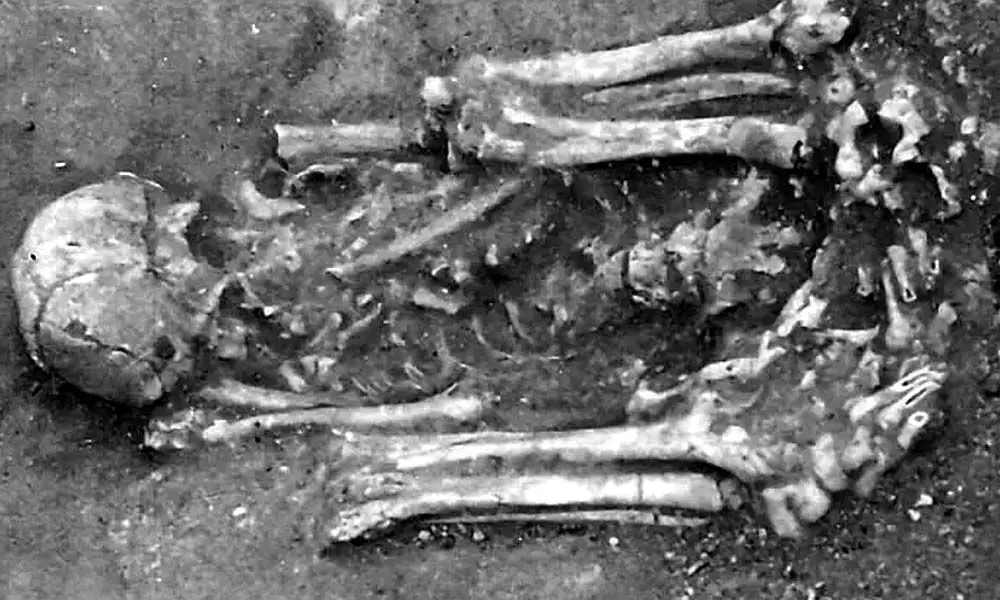Archaeologists Suggest Evidence For Oldest Known Practise Of Mummification

Archaeologists Suggest Evidence For Oldest Known Practise Of Mummification
- Human remains discovered 8,000 years ago in the Sado Valley of Portugal during the Mesolithic appear to have been mummified before being buried.
- The earliest evidence for deliberate mummification was originally estimated to 7,000 years ago, when Chinchorro mummies were discovered in Chile's Atacama desert.
Archaeologists possibly have recently discovered traces of mummification, the oldest known process. Human remains discovered 8,000 years ago in the Sado Valley of Portugal during the Mesolithic appear to have been mummified before being buried. This is the first time that Mesolithic mummification has been discovered in Europe.
It 's furthermore potentially the world's ancient mummification. The earliest evidence for deliberate mummification was originally estimated to 7,000 years ago, when Chinchorro mummies were discovered in Chile's Atacama desert.The earliest proof for deliberate mummification comes from Egypt, which is known for its ancient burial customs. It dates back 5,600 years.
A team of of researchers led by archaeologist Rita Peyroteo-Stjerna of Uppsala University in Sweden said that their research blends archaeothanatological analysis with findings from experimental taphonomic research, giving us a new perspective on Mesolithic burial customs.Thus, researchers show findings for intentional mummification and reflect on attitudes about the body and the handling of the dead, including their transportation to key locations in the landscape."
According to archaeologists and anthropologists, although evidence for it is scarce, yet mummification may not have been frequent in prehistoric times. Soft tissue degrades over time, no matter how thoroughly mummified it is. Even the Chinchorro mummies are starting to decay.
The Sado Valley remains, discovered in the early 1960s, are devoid of any soft tissue. The burials had been thought to be rather simple, despite their prominent placement. The remains were unearthed and taken to Portugal's National Museum of Archaeology, along with sketches and some poor-quality images of the site, limiting future research.
Three reels of film were recently discovered among the personal effects of archaeologist Manuel Farinha dos Santos, following his death. Despite the fact that Farinha dos Santos was not present at the excavations, he did some work for the museum, and Peyroteo-Stjerna and her team were able to link the film rolls to excavations in Poças de S. Bento in 1960 and Arapouco in 1962.
The photos were of remarkable quality, allowing the research team to conduct a more in-depth archaeothanatological examination than had previously been feasible; archaeothanatology is a multi-disciplinary archaeological study of ancient funerary rituals. With pictures of the remains in situ, archaeologists were able to recreate how the remains were processed prior to burial in greater detail.
The findings of these studies were then compared to photographs of the Sado Valley remains, and it was fascinating to see that even without soft tissue, one individual's remains showed evidence of mummification. Hyperflexed limbs, a lack of disarticulation and fast sediment infill around the bones are all examples.
Since decomposing carcasses rapidly disarticulate at fragile joints, mummification retains articulation as well as robust flexion. The bones would have remained in place if soil had been used to fill in the gap around the remains.
Meanwhile, the results indicate that deliberate mummification was more common than previously thought, according to the researchers, and that their discoveries should guide future archaeological digs.















